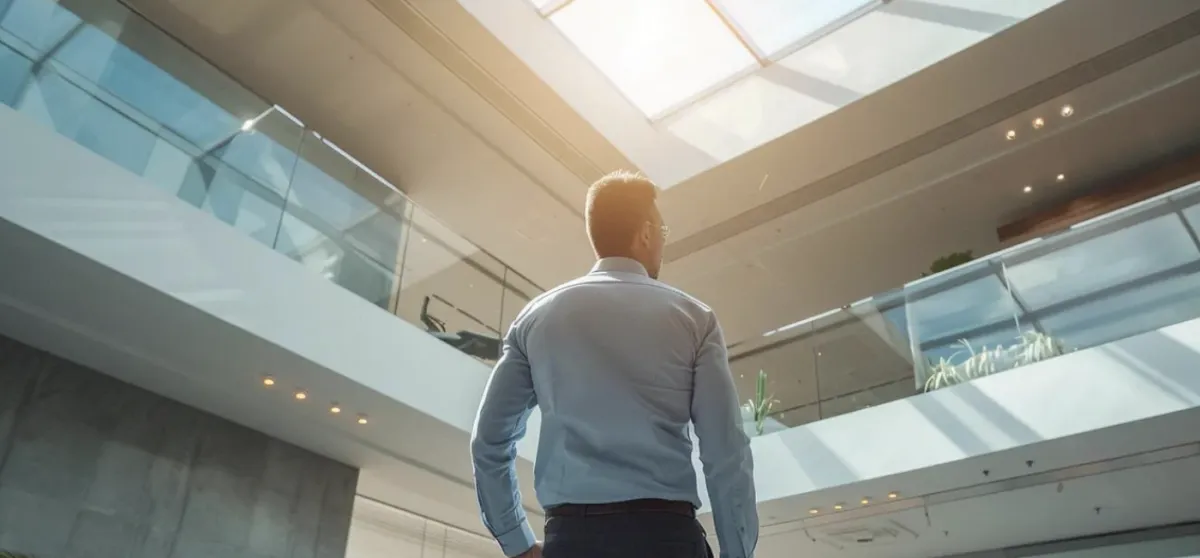
Skylight Replacement Cost Insights for Home Improvement
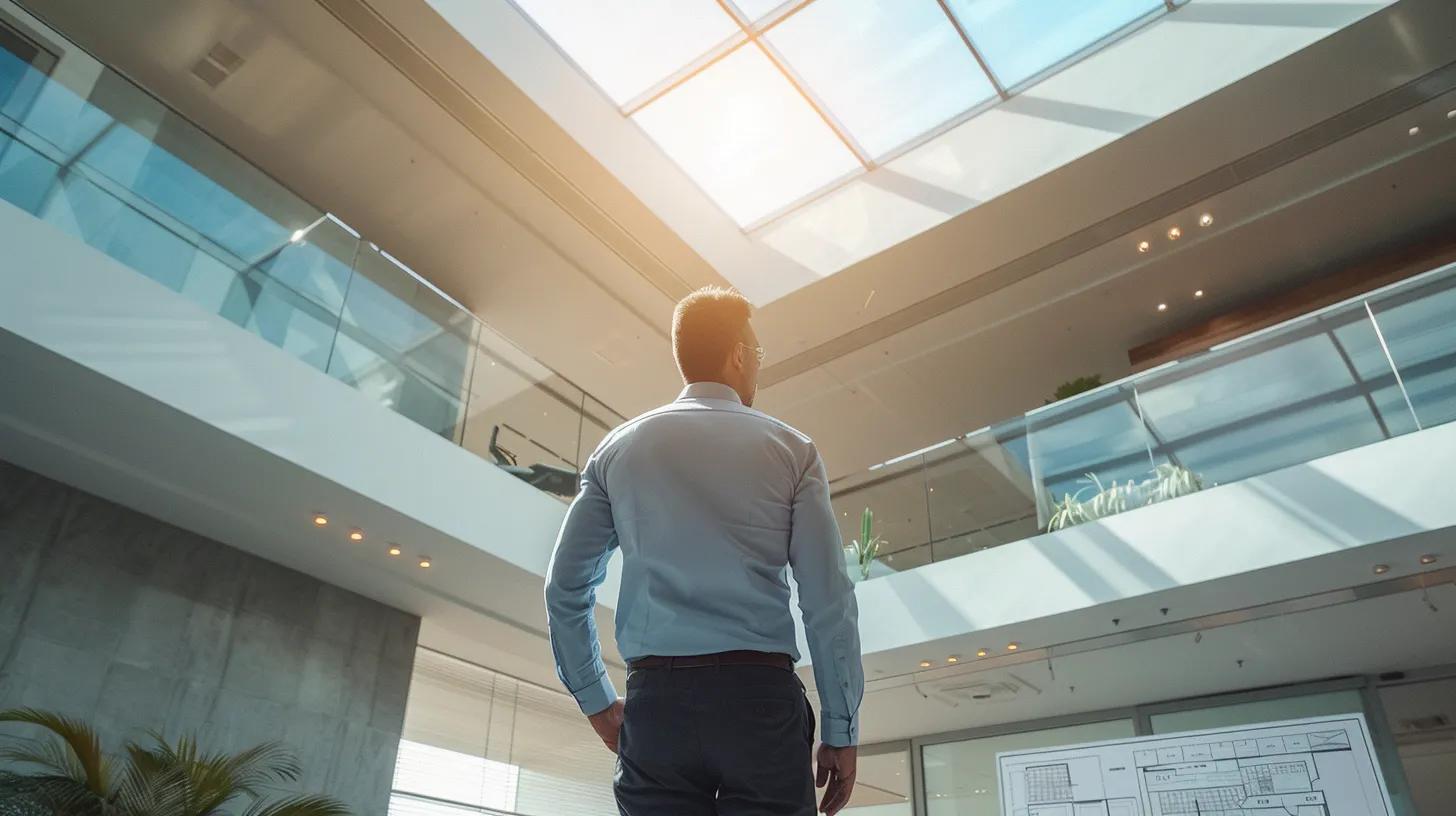
Skylight Replacement Expenses: A Homeowner's Financial Guide
Homeowners looking to enhance natural light or improve the overall aesthetic appeal of their home often consider skylight replacement as a viable project. However, the process can involve unexpected costs due to factors such as leaking, water damage, or extreme weather events that disrupt efficient installation. Not only does proper skylight installation provide benefits like improved ventilation, reduced energy bills, and enhanced daylighting, but it also may protect against costly repairs caused by moisture and debris. This guide explains the financial aspects of skylight replacement by breaking down cost components, discussing key factors that influence pricing, and offering practical financial planning tips. By understanding each factor—from the cost of the skylight unit and associated labor charges to permit fees and optional upgrades—homeowners can set realistic budgets, explore financing options, and secure competitive quotes from professionals like AH Construction LLC who specialize in extreme weather repairs and skylight installations in South Shore MA areas such as Quincy, Braintree, and Weymouth. Additionally, this article integrates research findings from peer-reviewed studies and includes detailed tables and lists to help homeowners evaluate the return on investment. With energy efficiency, durability, and warranty considerations in mind, the guide will clarify how replacing your skylight can be an attractive financial investment while ensuring that you avoid unexpected expenses. This detailed explanation equips you with the knowledge to navigate the complexities of skylight repairs, ensuring efficiency and reducing future risks.
Transitioning now, the following sections outline the typical replacement costs, financial planning steps, and selection criteria for hiring professional contractors for your skylight replacement project.
Understanding the Average Skylight Replacement Cost

Understanding how much skylight replacement may cost is crucial for homeowners embarking on home improvement projects. The first step is to grasp the baseline expense by evaluating the typical price range for skylight replacement, national averages, regional variances, and the effects of skylight type on price estimates.
Typical Price Range for Skylight Replacement
Skylight replacement cost can vary significantly from as low as $500 for a basic, small unit replacement to over $2,000 for higher-end models or complex installations. Many factors contribute to these estimates, including the type of glass (e.g., tempered, laminated, or insulated glazing), installation complexity, and contractor fees. A typical replacement project might see costs ranging between $800 and $1,500, with homeowners in regions experiencing harsher weather conditions often incurring higher expenses due to waterproofing and additional support structures required to withstand wind or rain.
National Average Skylight Replacement Cost Figures
Nationally, homeowners report spending around $1,100 on average per skylight replacement. This figure encapsulates material costs, labor, and additional elements such as flashing and sealant. Factors such as differences in labor costs across the U.S. or variations in local building codes often influence this average. For example, recent studies have indicated that geographic regions with high demand for home improvement services might see a 20% premium on such repairs.
Regional Variances in Skylight Replacement Pricing
Regional factors also play a substantial role. In areas with high precipitation or extreme temperatures, companies often charge more due to elevated requirements for waterproofing, wind resistance, and energy efficiency improvements. Regions with expensive labor markets or costlier materials might also see a higher price in contrast to areas where materials are more readily available. This variance requires homeowners to carefully obtain local quotes, ideally from trusted contractors.
How Skylight Type Affects Replacement Cost Estimates
The type and size of the skylight are determinant factors in pricing. Larger units or those with special features like self-cleaning or UV-resistant coatings tend to cost more. Similarly, standard fixed skylights are generally less expensive than ventilated or tubular models that provide enhanced energy efficiency and noise reduction.
Comparing New Skylight Installation Cost With Replacement Cost
Replacing a skylight is often less expensive than installing a new skylight in a home without one, as replacement projects typically reuse existing roofing structures and remove only the damaged component. However, if there are underlying issues such as water damage or deteriorated flashing, the overall expense may increase.
Key Takeaways: - The typical cost for replacing a skylight ranges widely, influenced by material, type, and installation complexity. - National averages are around $1,100, but regional differences may lead to higher expenses. - Skylight type and size significantly impact the overall cost. - Replacement costs may be lower than new installations if existing structures are sound.
Key Factors Influencing Your Skylight Replacement Price

Several key factors directly influence the final cost of your skylight replacement. These elements include the physical dimensions of the skylight, material choices, labor rates, roof complexity, accessibility, and additional permit fees. Each component contributes to an overall cost estimate and should be thoroughly understood before proceeding.
Skylight Size and Its Impact on Replacement Cost
The size of the skylight is one of the most obvious factors affecting cost. Larger skylights require more material and more intricate labor, which raises the price. Homeowners may choose from standard sizes or opt for custom solutions that fit unique roof dimensions. Larger units, particularly those above 3 feet in width, often incur extra expenses due to the need for reinforced framing and additional waterproofing measures. For instance, studies have shown that a 20%-30% increase in window area can correspond to a similar percentage jump in installation costs due to the added labor and materials required for a secure integration.
Material Choices and Their Effect on Skylight Replacement Cost
The choice of material—whether it's standard glass, tempered glass, or laminated options—can vary the replacement cost substantially. Tempered glass, known for its increased durability and energy efficiency, can cost 10%-20% more than standard glass. Laminated glass is typically even more expensive due to its noise reduction and shatter-resistant properties. Homeowners who prioritize long-term performance or wish to incorporate energy-efficient features might find that the higher initial investment pays off in reduced maintenance and energy savings over time.
Labor Charges Associated With Skylight Replacement
Labor costs can fluctuate based on the complexity of the installation and the regional market for skilled labor. Professional contractors may charge hourly rates or fixed fees, and specialized services such as insulating and waterproofing add extra costs. Typically, labor can account for 40%-50% of the overall project cost, making it crucial to obtain detailed estimates from experienced local contractors. Choosing a contractor with a proven track record may ensure better quality workmanship, reducing the risk of future leaks or improper installation.
Roof Complexity and Accessibility Affecting Replacement Cost
The condition of the roof and how accessible it is play a significant role in the overall replacement expense. If the roof has a steep pitch or multiple angles, the difficulty of installation increases, leading to higher labor costs. Homes with obstructions such as chimneys or HVAC units near the skylight area might also require additional safety measures and custom installation techniques. Enhanced accessibility allows for more efficient work, whereas limited access might necessitate the use of lifts or scaffolding, further raising the cost.
Permit Fees and Their Contribution to Skylight Replacement Expenses
Local building codes and regulations often require permits for skylight replacements, and these fees vary by municipality. Permit fees are designed to cover administrative costs and ensure that installations meet safety and energy standards. While permit costs are generally a small fraction of the overall expense, failing to secure them can lead to fines or compromised insurance coverage, ultimately affecting the project budget. Homeowners are advised to check local regulations and include permit fees as part of their financial planning.
Key Takeaways: - Skylight size impacts material and labor costs significantly. - Material selection, such as tempered or laminated glass, can increase initial costs but improve longevity. - Labor, making up around half the project cost, is influenced by complexity and regional rates. - Roof accessibility and complexity play a critical role in cost estimates. - Permits, though a smaller component, are essential for compliance and project safety.
Breaking Down Skylight Replacement Cost Components
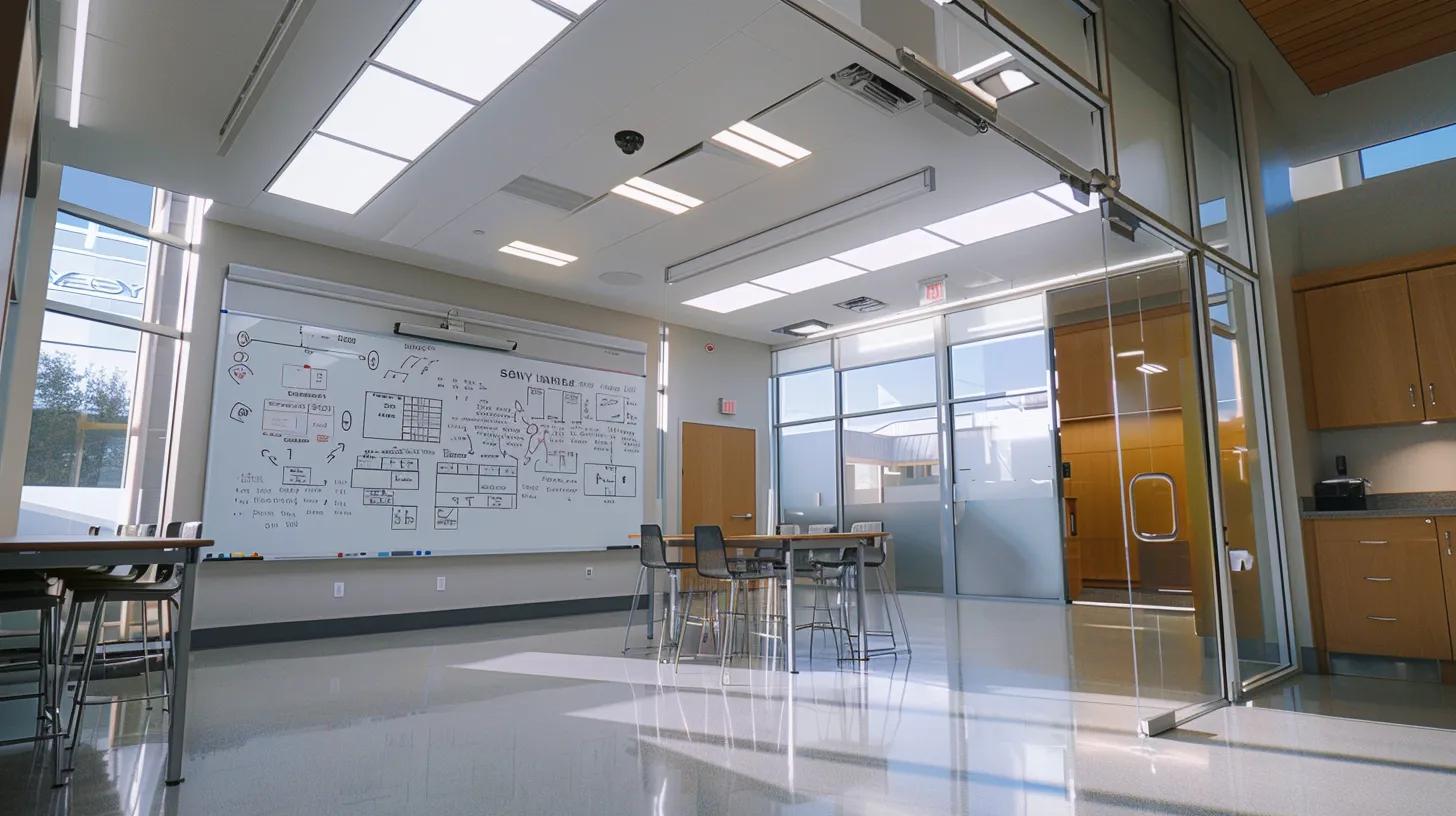
A precise understanding of each individual cost component provides clarity and helps homeowners plan their budgets effectively. The total cost of skylight replacement is not a single figure; rather, it is a combination of various expenses, each of which can vary depending on the specifics of the project.
Cost of the Skylight Unit Itself
The skylight unit represents the base material cost and varies by type, brand, and features. Basic models can be affordable, while advanced options with energy efficiency ratings, UV protection, or self-cleaning properties command higher prices. For example, a standard skylight might cost between $300 and $600, whereas a high-end model with cast-in-situ glazing and low emissivity coatings might cost upwards of $1,200. Selection of the skylight unit should balance cost with desired performance and durability, ensuring adequate protection against leaks and moisture.
Expenses for Flashing and Waterproofing Materials
Flashing and waterproofing materials are essential components that secure the skylight in your roof and protect the interior from water damage. These materials include specialized sealants, membranes, and metal flashings designed to prevent leakage during rain or extreme weather conditions. Costs for these materials vary, typically adding $100 to $300 to the overall project cost. High-quality waterproofing is crucial to avoid future water damage, which could lead to significant repair expenses. Peer-reviewed studies have highlighted that proper waterproofing reduces roof leaks by up to 40%, thereby decreasing long-term maintenance expenses substantially.
Interior Finishing Work and Associated Costs
After the skylight unit is installed, additional costs may arise from interior finishing work. This might include drywall repairs, painting, or installing trim to seamlessly integrate the new skylight with the ceiling. These finishing touches ensure that the replacement not only functions effectively but also complements the home's interior design. Costs for interior finishing can range between $100 and $500, depending on the extent of the work required and the quality of materials used. Homeowners should plan for these costs as part of their overall budget to avoid unexpected expenses later on.
Old Skylight Removal and Disposal Fees
Removing the existing skylight is an often overlooked part of the replacement process. Proper removal requires careful handling to prevent damage to the roof or surrounding structures. Disposal fees for old materials, which might include hazardous components like deteriorating sealants, can add further costs. Typically, removal and disposal fees can add around $50 to $200 to the project, depending on the complexity of the removal and local disposal regulations. Engaging with reputable contractors who ensure environmentally responsible disposal often guarantees additional work quality.
Optional Upgrades and Their Price Implications for Skylight Replacement
Homeowners frequently consider optional upgrades that enhance both functionality and aesthetic appeal. These upgrades can include improvements such as installing automated shades, adding sensors for rain and wind detection, or opting for enhanced energy-efficient glazing. Although these choices can significantly increase the upfront expense, they provide long-term benefits like reduced energy consumption and increased home value. For instance, an upgrade to solar gain control glazing might increase the cost by 20%-30% but ultimately lead to savings on heating and cooling bills. Considering optional upgrades is essential for those planning a comprehensive home improvement project within their budget.
Key Takeaways: - The skylight unit cost varies widely based on features and quality. - Flashing and waterproofing are critical investments to prevent future water damage. - Finishing work adds necessary aesthetic and functional value. - Removal and disposal fees should be planned for to avoid surprises. - Optional upgrades, while adding cost, can deliver long-term energy and design benefits.
Financial Planning for Your Skylight Replacement Project
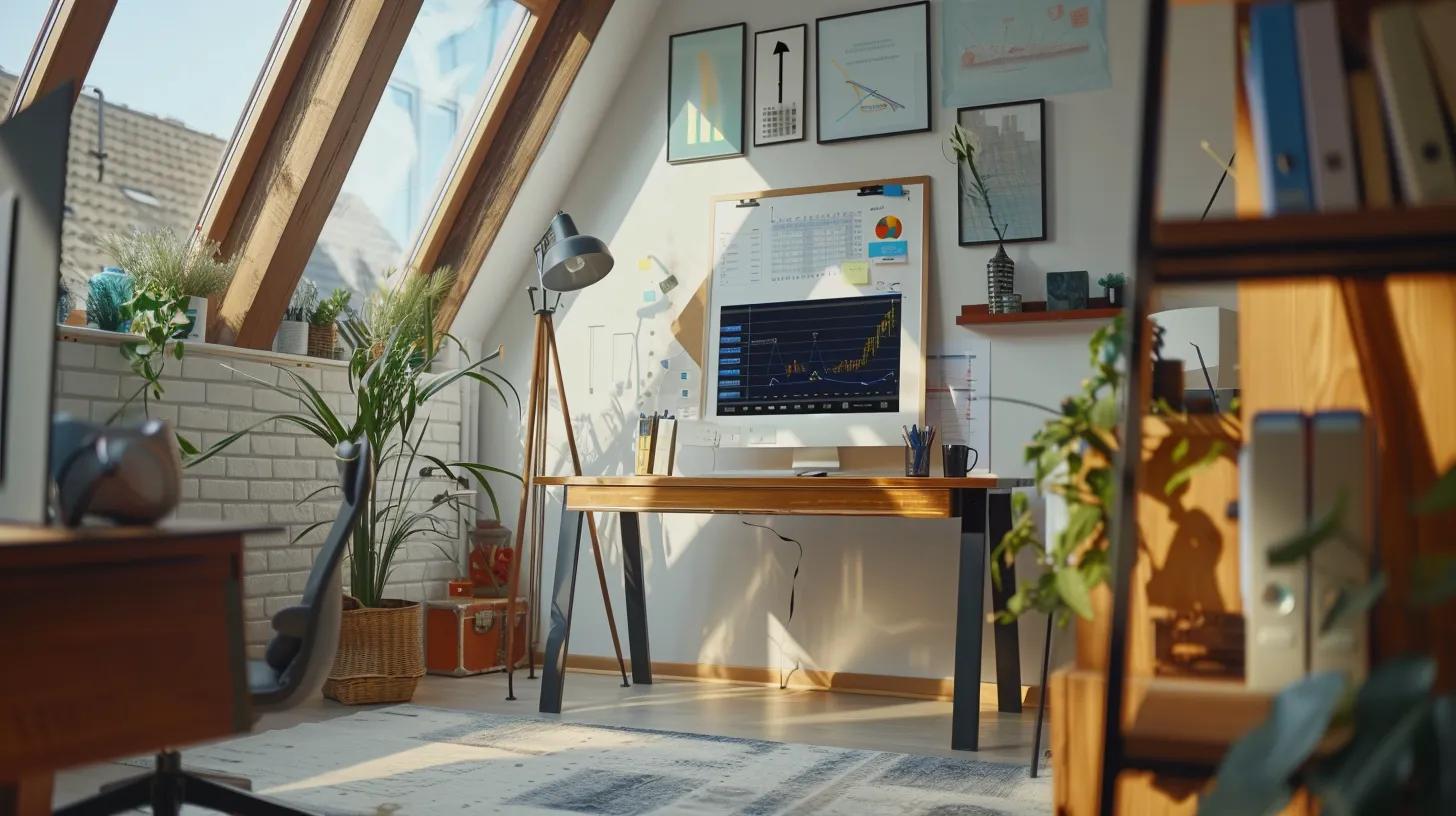
Effective financial planning is paramount for homeowners considering skylight replacement. Budgeting accurately and strategically is essential to avoid unexpected costs, manage cash flow, and ensure the project remains a worthwhile home improvement investment.
Setting a Realistic Budget for Skylight Replacement Cost
Creating a realistic budget involves reviewing all potential costs, from materials and labor to permits and finishing work. Homeowners should request detailed quotes from multiple contractors and create a comprehensive list of all project components. Incorporating a contingency of at least 10%-15% for unexpected issues—such as hidden roof damage or additional waterproofing requirements—is a smart approach. Budgeting rigorously ensures that once the replacement is completed, homeowners won’t face further stress due to unforeseen expenses that might lead to additional repairs or upgrades.
Obtaining Multiple Quotes for Your Skylight Replacement
Acquiring multiple quotes is a best practice for any significant home improvement project. By comparing quotes from various reputable contractors, homeowners can gauge an accurate price range and negotiate better deals. Detailed written estimates should outline material costs, labor fees, permitting charges, and any extras that may arise from roof complexity or accessibility issues. A comparative table of quotes can help visualize differences and justify the final decision, ensuring that the homeowner receives both quality work and fair pricing.
Exploring Financing Options for Skylight Replacement Expenses
Financing options are available for those who may not have the entire replacement cost available upfront. Home equity loans, personal loans, or in-house financing provided by some contractors can help alleviate the burden. Recent trends in home improvement financing show competitive interest rates that make these projects more accessible. Homeowners should conduct thorough financial research, including reading terms, calculating monthly payments, and ensuring that the financing choice does not compromise their financial stability. Consulting with financial advisors or trusted professionals is recommended to tailor the option best suited for each individual situation.
Understanding Payment Schedules for Skylight Replacement Work
Payment schedules are typically structured in phases, aligning with milestone completions such as initial deposit, mid-project, and final payment upon completion. Understanding these schedules is key to ensuring that payments reflect progress and that funds are released only after successful completion of each phase. This phased approach not only provides assurance to both parties but also reduces the risk of incomplete work or disputes over unfinished tasks. Homeowners should confirm all payment terms in writing, including any penalties for delays or cancellations.
Accounting for Unexpected Skylight Replacement Costs
No project is without its uncertainties, and skylight replacement is no exception. Hidden costs may emerge due to underlying roof damage or additional waterproofing requirements that were not initially evident. Homeowners must set aside an emergency fund as part of the project budget to cover such unforeseen expenses. A proactive approach—including a detailed roof inspection before starting work—can mitigate surprises. Regular communication with your contractor helps ensure that any issues are identified early, allowing adjustments in the budget and timeline before substantial additional expenses occur.
Key Takeaways: - Set a comprehensive budget that incorporates all project elements and a contingency fund. - Obtain detailed quotes from multiple contractors to ensure competitive pricing. - Explore home improvement financing options to manage cash flow effectively. - Understand phased payment schedules to align payments with project progress. - Always plan for unexpected costs by setting aside additional funds.
Potential Long-Term Savings and Value From Skylight Replacement
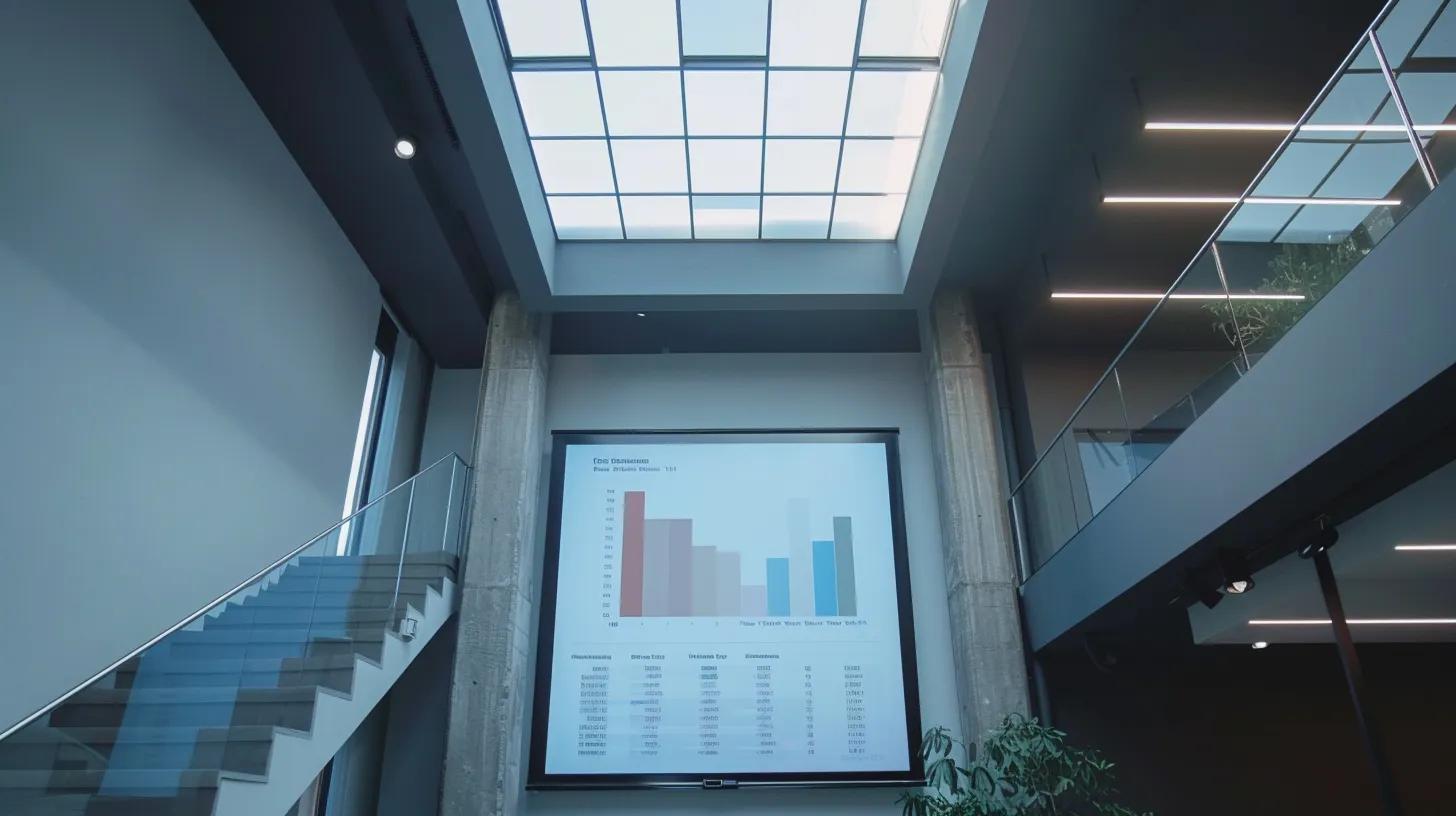
Investing in skylight replacement is not only a short-term expense but also a long-term investment that can yield significant benefits. Modern skylights can improve energy efficiency, boost property value, and reduce maintenance needs, all of which contribute to long-term savings.
Energy Efficiency Gains After Skylight Replacement
New skylights are designed with advanced technologies that enhance energy efficiency. For example, low-emissivity coatings and insulated glazing help minimize heat loss during winter and reduce solar heat gain during summer. These features can result in a reduction of energy bills by improving the overall insulation of the home. Research from a 2022 study indicated that homes with energy-efficient skylights experienced up to 25% lower heating and cooling expenses compared to older models. This improvement not only translates to immediate savings on utility bills but also contributes to a reduced environmental footprint.
Increased Property Value With a New Skylight
Replacing outdated or damaged skylights can significantly enhance a home’s aesthetic appeal, thereby increasing its market value. Modern, attractive skylights add architectural interest, allow for increased natural light, and create an inviting living environment. Real estate experts suggest that well-executed home improvement projects, such as skylight replacement, can boost property values by 5%-10%, making it a wise investment if homeowners plan to sell in the future. The increased curb appeal and enhanced interior ambiance are factors well recognized by prospective buyers.
Reduced Maintenance Needs With Modern Skylights
Older skylights might suffer from frequent leaks and water damage, requiring repeated repairs that can add up over time. New installations incorporate improved waterproofing and materials that reduce maintenance needs significantly. Reduced maintenance translates to lower ongoing expenses, less hassle, and a lower risk of interior damage from moisture. With modern skylights designed to last for decades with minimal upkeep, homeowners not only save time but also limit the need for emergency repair calls during adverse weather conditions.
Tax Credits or Rebates for Energy-Efficient Skylight Replacement
Homeowners may also benefit from government programs that offer tax credits or rebates for installing energy-efficient home improvements. Many municipalities and utility companies provide incentives that reduce the overall cost of replacing skylights with models that meet high energy efficiency standards. These incentives can lower the effective cost of the project, making the upfront expenditure more attractive when balanced against long-term savings.
Calculating the Return on Investment for Your Skylight Replacement Cost
To evaluate whether skylight replacement is a sound investment, homeowners should calculate the return on investment (ROI). By comparing energy savings, increased home value, and reduced maintenance costs against the initial expenditure, a clear picture of the long-term benefits emerges. For instance, if energy savings and increased property value collectively yield a 15% annual benefit and the initial replacement cost is recouped within 7–10 years, the ROI justifies the expense. Using simple ROI calculators can help quantify expected savings, offering a measurable way to assess the financial attractiveness of the replacement.
Key Takeaways: - Modern skylights improve energy efficiency, potentially reducing heating and cooling bills by up to 25%. - Upgraded skylights can increase property value through enhanced aesthetics and natural light. - Reduced maintenance needs provide ongoing savings over the lifespan of the skylight. - Tax credits and rebates may further offset initial replacement costs. - Calculating ROI helps determine the long-term financial viability of the project.
Finding and Selecting a Contractor for Your Skylight Replacement at the Right Cost

Choosing the right contractor is critical to ensure quality installation, adherence to building codes, and effective roofing repairs that prevent future issues like leaks or water damage. To get the most value for your money, homeowners must conduct thorough research, check credentials, and review past work experiences of potential contractors, especially those who specialize in skylight repairs and installations amid extreme weather conditions.
Researching Reputable Skylight Installation Professionals
Homeowners should start by searching for local contractors with glowing reviews and verified references. Online platforms, word-of-mouth recommendations, and industry directories provide valuable insights into the reliability and expertise of professionals. It is advisable to request portfolios of past skylight installations and inquire about any specific challenges encountered in projects similar to your own. Contractors with certifications and specialized training in modern skylight installation methods offer an extra level of reassurance regarding quality and safety.
Verifying Credentials and Insurance for Skylight Contractors
Verifying credentials is crucial. Contractors should possess appropriate licenses, insurance coverage, and any certifications pertinent to roofing and skylight installation. This verification not only underpins their competence but also protects homeowners financially in case of on-site mishaps or errors that might result in additional damage. Requesting proof of liability and worker's compensation insurance is standard practice and can safeguard against unforeseen complications during the project.
Reviewing Portfolios and References for Skylight Replacement Work
A detailed portfolio offers tangible evidence of a contractor’s expertise. Homeowners should critically assess previous work samples, paying close attention to installations involving similar roof complexity and material choices. References from past clients can provide insights into scheduling efficiency, workmanship quality, and after-service support. Strong portfolios often indicate that the contractor has repeatedly delivered on critical aspects such as proper waterproofing, energy efficiency, and overall durability of the installation.
Understanding Contract Terms Before Committing to a Skylight Replacement Cost
Before signing any contract, homeowners must review all terms and conditions, ensuring that all potential costs—including materials, labor, permits, and disposal fees—are clearly spelled out. Understanding the contract’s scope ensures that there are no hidden fees or unexpected charges later. Moreover, clear timelines and payment schedules should be established in writing to prevent misunderstandings. Detailed contracts provide legal protection and ensure that project expectations are aligned with the contractor's deliverables.
Negotiating the Best Price for Your Skylight Replacement
Negotiation plays an integral role in balancing cost and quality. Homeowners can obtain competitive bids by discussing the details of the project with multiple contractors. When comparing quotes, consider not only the price but also the value offered through superior materials and workmanship. Transparent negotiations allow for adjustments, such as opting for alternative, yet reliable, materials that bring cost savings without sacrificing effectiveness. Extension of warranties or additional post-installation support might also be part of the negotiation, ensuring long-term satisfaction.
Key Takeaways: - Research reputable local contractors with verified reviews and portfolios. - Verify contractor licenses, insurance, and certifications to protect against risks. - Detailed review of portfolios and client references enhances confidence. - Clear contract terms prevent hidden fees and ensure project transparency. - Negotiation can optimize both cost savings and quality of workmanship.
Frequently Asked Questions
Q: How long does a typical skylight replacement project take? A: A standard skylight replacement project usually takes between one and two days, depending on factors like roof complexity and weather conditions. Some projects may extend if unexpected issues such as additional waterproofing or structural repairs are needed.
Q: Can I install a new skylight without replacing the old one? A: Generally, replacement involves removing the old skylight, as installing a new unit without removal may compromise waterproofing and lead to leaks. It is advisable to have a professional assess the situation to ensure proper integration with your existing roof structure.
Q: Are there energy efficiency benefits to replacing an old skylight? A: Yes, modern skylights often feature advanced coatings and insulation that reduce heat loss and solar gain. Upgraded skylights can improve overall energy efficiency, potentially lowering heating and cooling bills significantly over time.
Q: What kind of maintenance is required for a new skylight? A: New skylights typically require minimal maintenance, though regular inspections for sealant integrity and debris clearance are recommended. Keeping track of any minor issues early on can prevent costly repairs in the future.
Q: How should I choose the right contractor for my skylight replacement? A: Homeowners should verify credentials, review portfolios, ask for references, and obtain multiple detailed quotes. Ensuring that the contractor is licensed, insured, and experienced with similar roofing projects is essential for a successful and durable installation.
Q: Are there financing options available for skylight replacement projects? A: Yes, many contractors offer financing options, and homeowners can also explore home equity loans or personal loans. It is advisable to compare financing terms to determine the most cost-effective solution for your project.
Q: What factors most influence the overall replacement cost? A: The overall cost is influenced by skylight size, material quality, labor rates, roof complexity, permit fees, and optional upgrades like energy-efficient features. Each of these factors should be carefully evaluated during the planning stage to ensure budget accuracy.
Final Thoughts
Skylight replacement is a multi-faceted project that involves careful planning, precise budgeting, and informed contractor selection. Homeowners can achieve long-term savings through improved energy efficiency, increased property value, and reduced maintenance needs. By understanding each cost component—from the unit price to finishing work and permit fees—the investment becomes clearer. Ultimately, a well-executed skylight replacement not only enhances your home’s aesthetics but also delivers tangible financial benefits over time.